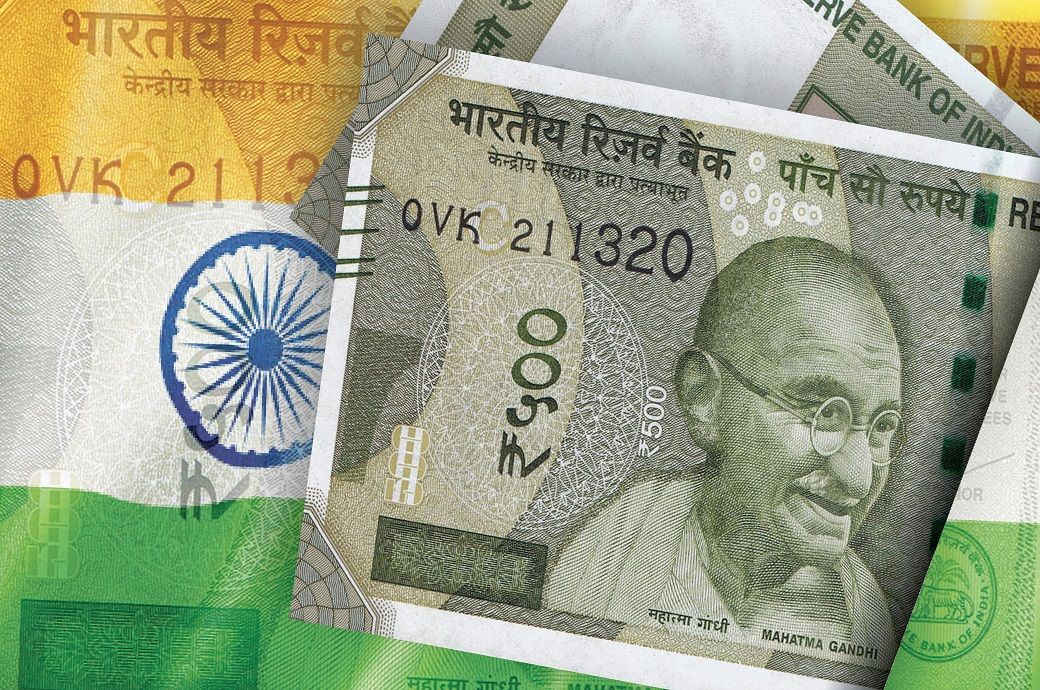
Key drivers for the upgrade include India’s structural reforms through infrastructure investments, digitalisation etc., all of which facilitated fiscal consolidation (declining debt and deficit) and sustained high growth (clocking an average GDP growth of 8.2 per cent during FY22-25) with macroeconomic stability (stabilised inflation, range bound exchange rate and sound external balance). A resilient banking system featuring well-capitalised banks with a high capital adequacy ratio and a 13-year low non-performing loans was another significant driver for the upgrade, the Ministry of Finance said in a press release.
The credit rating may be further upgraded if India continues to implement reforms that raise the investment rate, enhancing medium-term growth prospects. The report also stated that despite the current public debt levels, risks to debt sustainability are limited due to local currency denomination and long maturity structures. Further, continued reforms and a reduction in the public debt-to-GDP ratio could bring further upgrades.
The rating scale for Morningstar DBRS is similar to the Fitch and S&P rating scales (Morningstar DBRS uses 'high' and 'low' as suffixes compared to the +/- nomenclature used by Fitch and S&P).
ALCHEMPro News Desk (RR)
Receive daily prices and market insights straight to your inbox. Subscribe to AlchemPro Weekly!